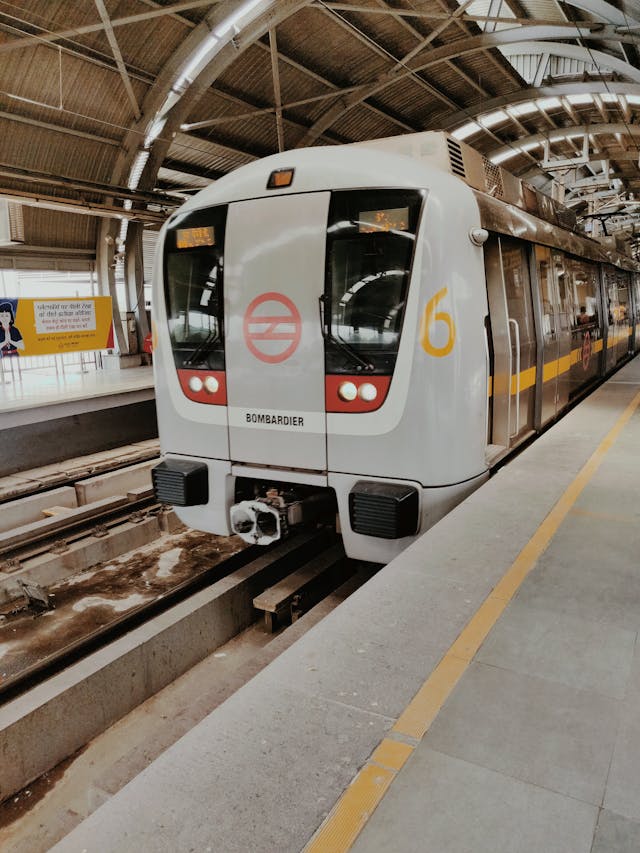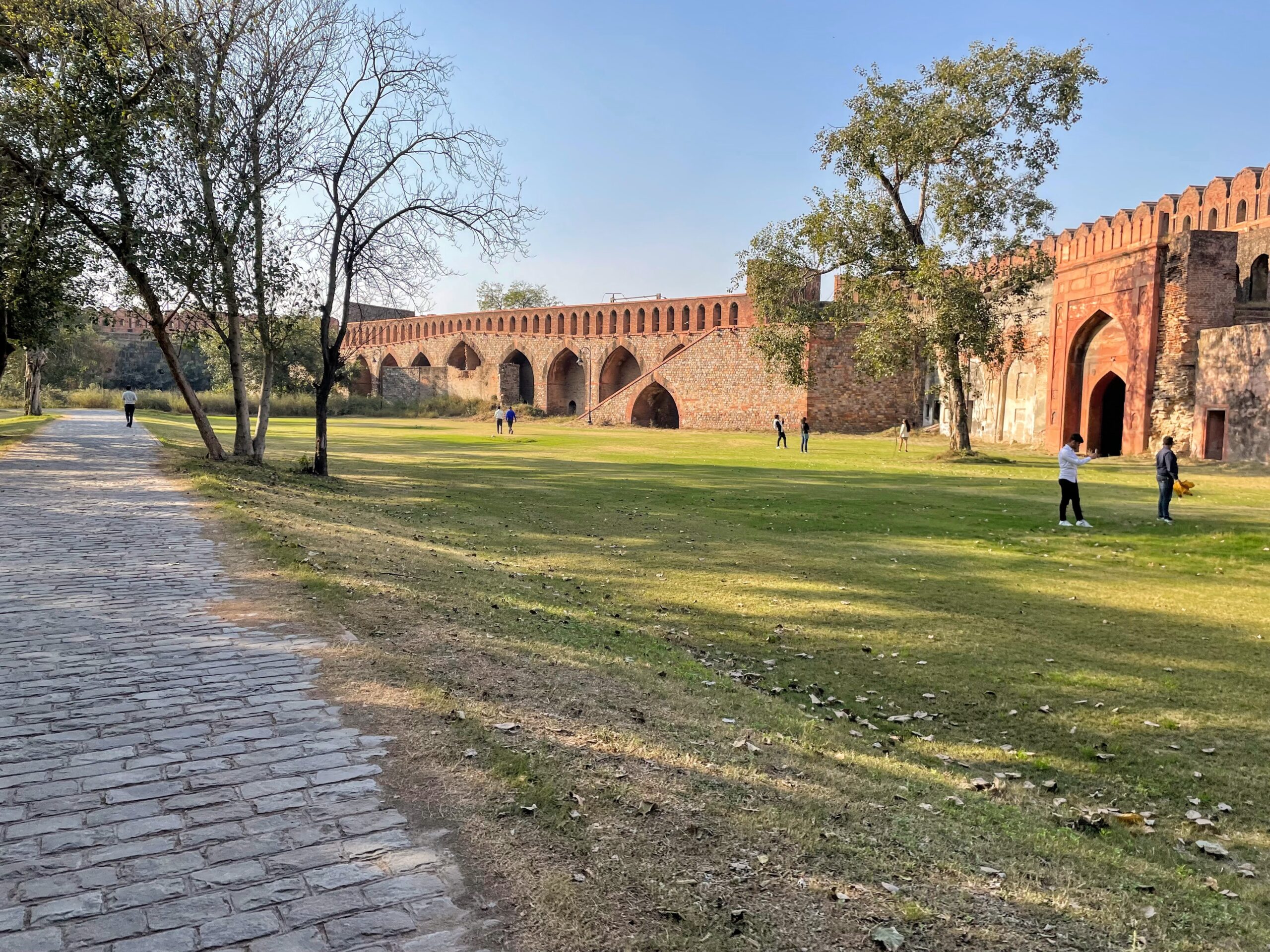
The Delhi Metro Rail Corporation (DMRC) has been transforming the capital’s public transport landscape for over two decades. As of 2025, the metro network spans around 392 km with nearly 288 stations, making it one of the largest in the world. But that’s not where it stops — Delhi Metro Phase IV is in full swing, and major additions are set to shape how we travel across the city.
Let’s dive into what’s new, what’s under construction, and how it impacts you.
Phase IV – A Quick Overview
Phase IV focuses on building six new corridors and extending key existing ones. These will add over 100 km of track and 45+ stations to the network. The goal? Reduce travel time, decongest major interchanges, and connect under-served areas. Here are the six major corridors and their current status:
| Line | Route | Length | Stations | Status | Completion |
|---|---|---|---|---|---|
| 🔶 Golden Line | Aerocity – Tughlakabad | 23.62 km | 15 | Under Construction | By 2026 |
| 🌸 Pink Line Extension | Majlis Park – Maujpur | 12.56 km | 10 | 80% Complete | By 2026 |
| 🟣 Magenta Line Extension | Janakpuri W – RK Ashram Marg | 28.92 km | 22 | Under Construction | By 2026 |
| 🟢 Green Line Extension | Inderlok – Indraprastha | 12.38 km | 10 | Approved | By 2026 |
| 🟠 Gold Line Extension | Lajpat Nagar – Saket G Block | 8.39 km | 8 | Approved | By 2026 |
| 🔴 Red Line Extension | Rithala – Narela – Kundli (Haryana) | 26.46 km | 21 | Approved | By 2028 |
Why Does This Matter?
- Faster Commutes: Direct routes mean less travel time. For instance, the Aerocity–Tughlakabad line will connect south Delhi to the Airport Express in one ride.
- More Interchanges: 8 new interchange stations will reduce crowding at hubs like Rajiv Chowk and Kashmere Gate.
- Cleaner City: More metro = fewer cars = less pollution.
- Greater Reach: Narela, Saket G Block, Indraprastha — areas that were far from the metro grid will now have direct access.
Highlight: The Red Line Goes to Kundli (Haryana)
For the first time, the Red Line will cross into Haryana, extending all the way to Kundli in Sonipat. This project, approved in December 2024, will benefit thousands of daily NCR commuters and improve connectivity to industrial hubs.
💰 Budget & Funding
The Delhi Government allocated a record ₹2,929.66 crore in the 2025–26 budget for metro expansion — nearly 6x more than the previous year. Additional funding comes from the Central Government and loans from JICA (Japan International Cooperation Agency), ensuring smooth progress across all corridors.
🔄 How Will It Change Your Travel?
Imagine this:
- No more switching three lines to get to Lajpat Nagar.
- No more long detours to reach the Airport.
- Shorter travel times from Rohini to Central Delhi.
- New triple-line interchange stations like New Delhi and Lajpat Nagar will make it easier to get across the city.
In short — you’ll spend less time commuting and more time living.
🌐 External Resource
For real-time updates and route maps, visit the official Delhi Metro Rail Corporation website.
📝 Final Thoughts
Delhi Metro’s Phase IV is more than just an infrastructure project — it’s a vision for a smarter, faster, and cleaner city. Whether you’re a student, office-goer, or tourist, the upcoming expansions will make your journey smoother than ever.
As the tracks extend and stations rise, Delhi is racing toward a more connected tomorrow — one metro ride at a time.




